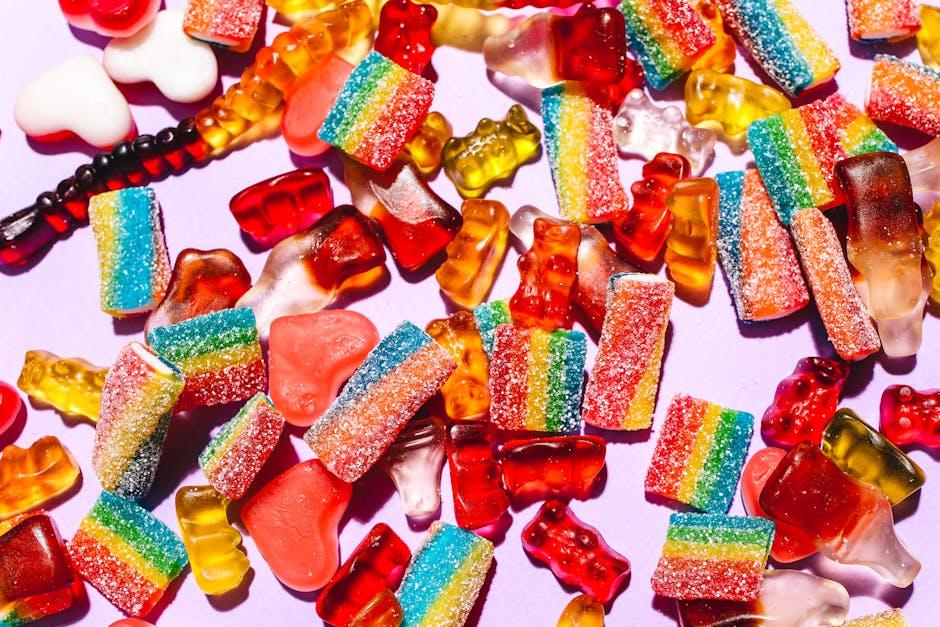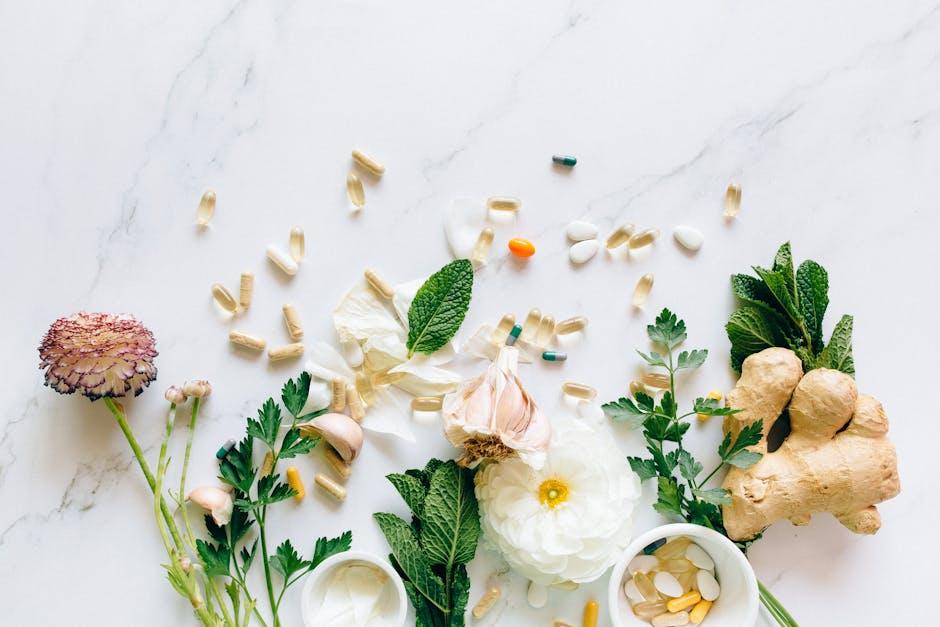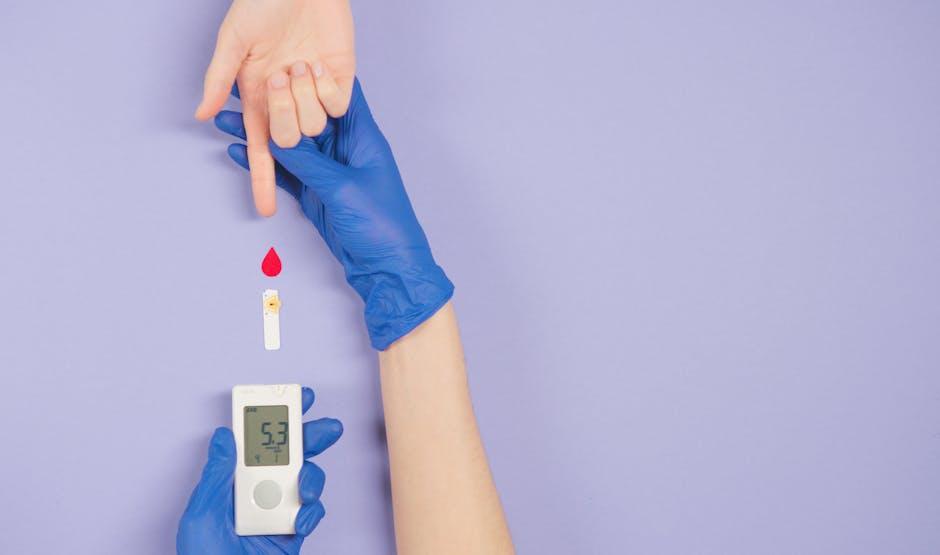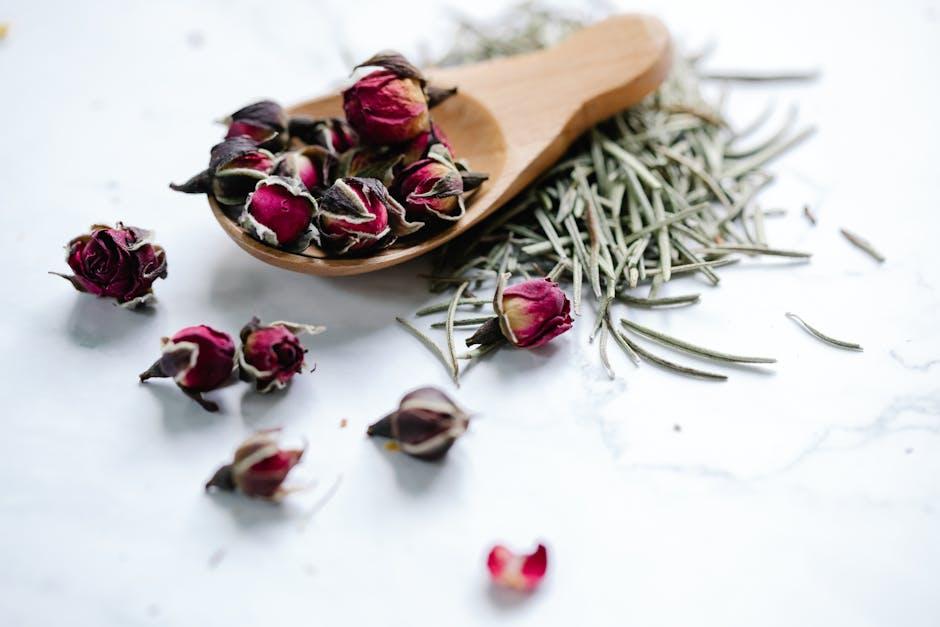Feeling tired? Hangry? Having an 11am slump? Craving biscuits at 3pm? It may be your blood sugar.
So says Jessie Inchauspé, aka Glucose Goddess on Instagram, who is on a mission to teach us that eating the right way can keep our blood glucose levels even, and in turn transform our health, energy and mood.
You might associate glucose monitoring with diabetes, but, she says, it’s not just people with diabetes who need to care about glucose. “We all do,” she tells me when we meet in London.
She’s travelled from her native France to launch her first book, Glucose Revolution, with the goal of sharing her life-changing eating hacks beyond her millions of Instagram followers.
What is glucose?
Glucose is simply our body’s fuel, the basic molecule of energy. So how can it become problematic? Your body breaks down all sugars and starches into glucose. Food in its original form – i.e. plants – is full of fibre, which slows the release of glucose into the blood. But, when we eat sweet and processed foods that are low in fibre, our systems become overwhelmed with glucose.
This is an issue because when your blood glucose goes up, your body reacts by flooding your system with insulin to mop it up, and then your blood sugar goes down faster – known as a glucose spike.
Needless to say, it’s not good for us. If we keep spiking our blood glucose levels like this, day after day, we increase our risk of pre-diabetes, type 2 diabetes and polycystic ovary syndrome (PCOS).
In the past five years, there’s been major research in this area. In a seminal Stanford University study from 2018, 20 people with normal blood glucose levels – i.e. not people with diabetes – were given a bowl of cornflakes with milk, while wearing a glucose monitor. The effect of this ‘normal’ breakfast on their blood sugar levels was shocking.
Sixteen had a glucose spike above 7.8 mmol/L, the limit signifying pre-diabetes and problems with glucoseregulation. And, some even spiked above 11.0 mmol/L, in the range of type 2 diabetes.
How do you know if your glucose levels are spiking?
Inchauspé tells me that 88% of Americans have glucose problems, and most don’t know it. That’s scary, considering our lifestyles and food in the UK aren’t so different.
If you have one of the glucose-related conditions previously mentioned, you’ll already know your blood sugar is dysregulated, but there are a lot of less obvious symptoms, Inchauspé says. “These are an 11am or 3pm crash, not sleeping very well, cravings all the time, difficulty losing weight, and any visible inflammation such as swelling, acne or redness.”
Being overweight is a sign, too, because a big insulin release prompts any excess glucose to be stored, often as fat. Plus, glucose spikes wreak havoc on our hunger hormones, so we go from feeling full to being hungry again very quickly.
Many of the symptoms we treat as normal – such as energy crashes, needing to eat very regularly, brain fog – coul be down to glucose issues. Take cravings, for example. “We’re taught that we should either give into them or suppress them with willpower,” says Inchauspé. “But they are not things to suppress. They are signals your body is sending you.” The message is this: you’re not eating right.
Who is the Glucose Goddess?
Inchauspé became convinced that we need to learn to listen to our bodies more than a decade ago. Aged 19, she was hiking with friends on holiday in Hawaii when someone suggested they all jump into a waterfall. She ended up with a broken vertebra, eight hours of spinal surgery, and a real risk of being paralysed from the waist down.
Her physical recovery took months, but the mental effects lasted longer. She was diagnosed with depersonalisation-derealisation disorder, a type of PTSD. “I felt like a stranger in my own body,” she says.
There were more than just mental health issues, too. “My skin was bad, I didn’t sleep well, I had energy crashes, irregular periods,” she says. Inchauspé thought it was normal to wake up needing coffee (‘It’s not!’ she tells me).
After earning a maths degree, then a second in biochemistry, Inchauspé moved to Silicon Valley to work in health tech. And there, she had her “aha” moment, while taking part in a pilot trial of a new, wearable, continuous glucose monitor being developed by the company. “Suddenly,” she says, “I was getting messages from the inside. Well, hello there, body!”
The monitor, which she shows me on her upper arm, is the size of half a Jammy Dodger. It senses the concentration of glucose between the fat cells on the back of the arm, then sends this data to her phone.
Its genius is that it reveals in real time exactly how your food and drink affect your blood sugar. Inchauspé began noticing her mental health was less stable when her blood glucose was on a rollercoaster.
And so, she started experimenting with different ways of eating, copying the new studies coming out of three main research centres: Israel, Stanford and King’s College in London.
When she kept her blood glucose steady, she noticed she’d wake up feeling refreshed, her skin cleared up over time, she had energy and she felt more positive.
Wanting to share what was working for her, she created @GlucoseGoddess on Instagram. It was when she wrote the code to translate data from the monitor into graphs – compelling visual proof of how the body reacts to changes in diet – that her account took off. She began to turn the study results into eating hacks “that you can use every day, no matter what you eat”.
And so, Inchauspé has been a walking, eating, Instagram-posting experiment. Some of her advice is surprising: consuming vinegar before eating, for example, flattens a glucose curve by 45%.
But what may be most surprising to you, if you had assumed her message would be to cut out sugars and starches, is that you don’t have to give up foods such as bread, pasta or cake. “No food is good or bad,” she says. The most powerful change you can make is to eat each of your meals in this order: veggies and plants first, then proteins and fat, and lastly starches and sugars, including fruits. For example, you’d eat a salad, then the meat, and lastly the potatoes.
Of course, we do always eat dessert last, but it’s better not to eat sweet foods like chocolate between meals. A study from Cornell University showed that if you eat in this order, you reduce your glucose spike by 73%. The fibre both slows gastric emptying and creates a mesh that makes it harder for glucose to get to the bloodstream.
So, if you want pudding or chocolate, you can eat it! “You can still eat sugar,” Inchauspé says. “It’s not about what you eat; it’s about how you eat. Behaviour change is very difficult, but going about it this way solved the motivation issue. You don’t need willpower – you just eat the same meal, but start with veggies”.
Glucose Goddess’ tips: How to flatten glucose spikes
1. Eat a green starter
Greens first means fibre first. Any veg works: asparagus, courgette, peppers, broccoli, lettuce, tomatoes, as well as pulses and beans, and even coleslaw. Inchauspé’s favourite is: two cups of spinach, five jarred artichoke hearts, vinegar and olive oil. One of her followers, who lost 88lb in 18 months, had a plate of grilled broccoli with hot sauce and salt before dinner every night as part of their new eating habits.
2. Drink vinegar first
You’ve probably seen apple cider vinegar doing the rounds on social media over the past few years – and their might be a science to it. In one study, vinegar before meals helped people on a weight-loss diet lose twice the amount of weight as people who didn’t have any vinegar. Simply drink a tablespoon of vinegar in a tall glass of water a few minutes before eating.
Start with a teaspoon and build up. Followers of @GlucoseGoddess prefer apple cider vinegar, as it’s less harsh. Can’t face drinking it? Put a vinegar-based dressing on your green starter.
3. Start the day savoury
Have you ever noticed that when you eat pancakes and maple syrup, you’re hungry again by 10am? The food you eat first thing affects your glucose levels for the rest of the day.
Inchauspé’s breakfast, the day we meet, was leftovers: quiche and cod with vegetables. She showed me her glucose monitor reading and it was almost completely flat. Other good savoury breakfast ingredients to go with your veg are: Greek yogurt, tofu, meat, fish, cheese, cream cheese, protein powder, nuts, nut butter, seeds and, of course, eggs. Really want the muffin or waffles? Have them after your savoury course.
4. Move after eating
That post-Sunday-roast walk is a brilliant idea. Ten to 20 minutes is enough to reduce glucose spikes because exercise stops the accumulation of glucose in the body. In fact, you can do 10 minutes of any exercise – strength-training, yoga or whatever you like doing. From using her monitor, Inchauspé found that 30 squats works for her.
Snacks that don’t cause a glucose spike
- Savoury snacks are best for energy levels. If you have fruit, add protein and fat
- A handful of baby carrots and a spoonful of hummus
- A handful of macadamia nuts and a square of 90% dark chocolate
- A hunk of cheese apple slices smeared with nut butter
- Bell pepper slices dipped in a spoonful of guacamole
- A hard-boiled egg with a dash of hot sauce
- Lightly salted coconut slivers
- Seeded crackers with a slice of cheese
- A slice of ham
- A soft-boiled egg with a dash of salt and pepper
The glucose-friendly craving strategy
What to do when you want something sweet but you don’t want to get on the glucose rollercoaster…
- Drink a tall glass of water with a tablespoon of apple cider vinegar stirred in.
- Eat protein, fibre and fat. That might be nuts, an egg, Greek yogurt or any green veg.
- Now eat the thing you’re craving. And enjoy it!
- Exercise within the next hour. Walk, run, cycle, do strength training.
Now, following the success of her book Glucose Revolution, Inchauspé’s latest book, The Glucose Goddess Method is a four-week guide to “cutting cravings, getting your energy back, and feeling amazing”. It contains over 100 recipes, an interactive workbook and advice on how to steady your blood sugar levels with science-backed strategies.
With praise from the likes of Davina McCall, who said “Jessie’s tips have been a lovely addition to my daily routine”, it promises to help you further explore how to curb your cravings, improve mood and sleep and create happier habits for life, without cutting calories or the foods you love. That’s what we love to hear!















